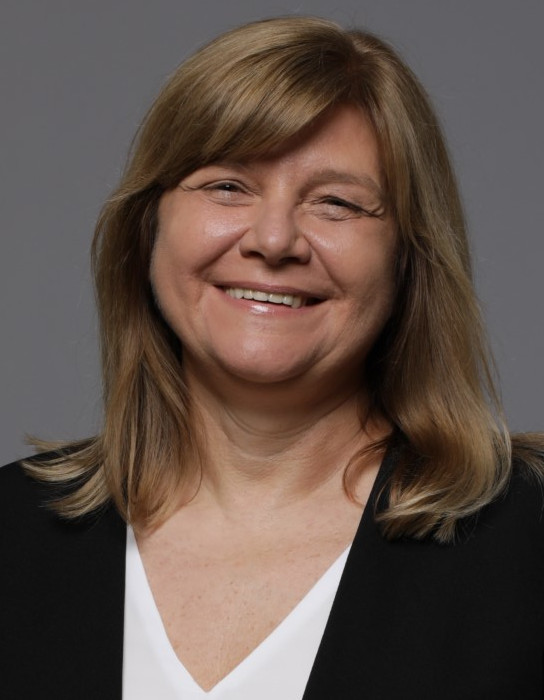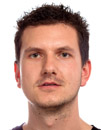Multimedia Systems
Data is displayed for academic year: 2023./2024.
Lectures
Exercises
Laboratory exercises
Course Description
Multimedia technologies and systems; architecture and applications. Multimedia signal sources. Fundamentals of compression and coding. Speech signal, modeling and analysis. Parametric models; speech coding standards. Speech synthesis and recognition. Audio signal. Psychoacoustic model, audio coding principles and standards. Human visual perception model. Image formats, coding, and standards. Video signal and its properties. Spatial, time and subjective redundancy. Video compression standards. Storage, processing and transmission of multimedia content. Hardware and software implementations. Integration of multimedia content, synchronization. Integration and evaluation of multimedia algorithms. Multimedia systems and tools for design, assessment and performance optimization.
Study Programmes
University undergraduate
[FER3-EN] Computing - study
Elective Courses
(6. semester)
[FER3-EN] Electrical Engineering and Information Technology - study
Elective Courses
(6. semester)
Learning Outcomes
- Define media signals, their representation, processing and applications
- Distinguish source coding and entropy coding and various algorithms for media compression
- Apply and analyze methods for predictive and transform coding of media signals
- Describe human auditory and visual perception model and explain properties of audio and video signal
- Explain differences between analog and digital video signal representation
- Employ methods for image and video signal compression
- Implement methods for multimedia compression.
- Evaluate and modify the performance of multimedia algorithms.
Forms of Teaching
Lectures
--
Exercises--
Laboratory--
OtherInternship visits
Grading Method
| Continuous Assessment | Exam | |||||
|---|---|---|---|---|---|---|
| Type | Threshold | Percent of Grade | Threshold | Percent of Grade | ||
| Laboratory Exercises | 0 % | 15 % | 0 % | 15 % | ||
| Homeworks | 0 % | 15 % | 0 % | 15 % | ||
| Attendance | 0 % | 5 % | 0 % | 5 % | ||
| Mid Term Exam: Written | 0 % | 30 % | 0 % | |||
| Final Exam: Written | 0 % | 25 % | ||||
| Final Exam: Oral | 10 % | |||||
| Exam: Written | 50 % | 55 % | ||||
| Exam: Oral | 10 % | |||||
Comment:
To pass the course you need to score at least 50 points, of which: minimum 18 points on homework, laboratory exercises and attendance, a minimum of 28 points on the midterm exam and the written part of the final exam.
Week by Week Schedule
- Audio signal in time and frequency domain, Probability density function; Frequency spectra; Rate of change, Audio signal sampling theorem, Sampling and quantization errors
- Redundancy and irrelevancy of audio signals, Acoustical characteristics of voice signal, Voice generation
- Psychoacoustic models, Formats of compressed signals, Linear prediction of coefficients (LPC)
- Quantization effects, General concepts of bit-rate reduction, signal redundancy and entropy, Discrete cosine transform
- Sampling rates for video and analog-to-digital conversion, Sampling structure; Chroma subsampling, Basic DCT coder and decoder (quantization process, zigzag scanning, RLC and VLC)
- Standards (e.g., audio, graphics, video), Interframe prediction; Motion compensation; Motion vectors
- Multimedia support, Standards (e.g., audio, graphics, video)
- Midterm exam
- Multimedia support, Standards (e.g., audio, graphics, video)
- Multimedia support, Standards (e.g., audio, graphics, video)
- Streams/structures, capture/represent/transform, spaces/domains, compression/coding
- Streams/structures, capture/represent/transform, spaces/domains, compression/coding
- Real-time delivery; Quality of service (including performance); Capacity planning; Audio/video, conferencing, video-on-demand
- Visit
- Final exam
Literature
For students
General
ID 223361
Summer semester
5 ECTS
L2 English Level
L1 e-Learning
45 Lectures
0 Seminar
6 Exercises
15 Laboratory exercises
0 Project laboratory
0 Physical education excercises
Grading System
90 Excellent
78 Very Good
62 Good
50 Sufficient


 Pristupačnost
Pristupačnost



